Sa Sa Art Projects Reading Room, Phnom Penh
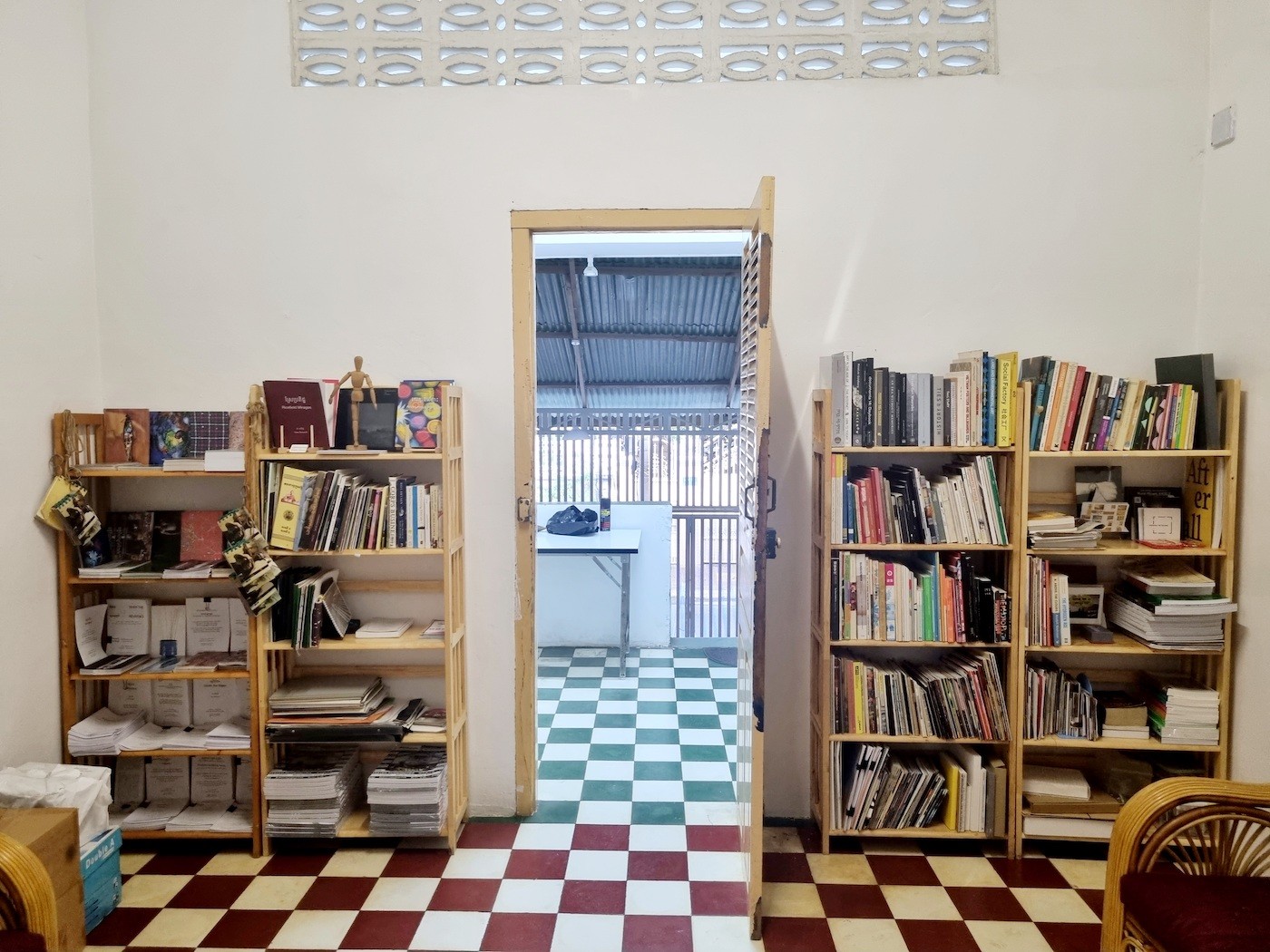
09 November 2022
Magazine C& Magazine
Words Serine ahefa Mekoun
7 min read
Featured this time in connection with the project #weavingnetworks with documenta fifteen: Sa Sa Art Projects' reading room in Phnom Penh, Cambodia.
Since its creation in 2011, Sa Sa Arts Project has been growing an art library and reading room, with a focus on contemporary art and cultures from the Cambodian art scene and the larger South East Asian region. Located in a 1990’s Khmer architecture-style house, this former compound was turned into a shophouse to become a meeting and nurturing point for a new generation of artists willing to challenge formal art education and reclaim autonomous local art production models. The specificity of Sa Sa library is to have developed their in-house exhibition booklets with a desire to produce content accessible both in English and Khmer language.
"In Cambodia, where the few public library collections are very limited, and where the culture of reading is still in recovery mode due in part to the Khmer Rouge era and subsequent regimes, we believe that access to knowledge and archives in printed form is vital to supporting artists and culture." (Sa Sa- Lyno Vuth)

<figcaption> On the Shelves. Photo: Serine Mekoun
The library includes 200 books and has been built up over time from donations, purchases and self-publishing initiatives. Just like the artists' collective which inscribes its practice in the construction of collective knowledge, the library focuses on the Cambodian social fabric while being connected to the artistic ecosystems of the South East region. Lying on the shelves is a significant collection of contemporary art magazines and books from China, Japan, Taiwan, Indonesia, Thailand and Vietnam. Also accessible in the reading room is a rare archive of photo materials about the neighbourhood's bold community of artists and events from 2000 till today, but also architecture books, micro-editions and rare research in Cambodian about the development of contemporary arts in Cambodia. The reading room also welcomes projects based reading or listening sessions with scholars allowing dynamic didactic transposition of academic contents relating to archives to broader audiences.
Most sources we find here are in French and foreign languages, there are few Khmer language sources for someone to look upon and work on. For example in archaeology in Cambodia, most sources are in French because of the colonial era and also because of the influence of researchers from abroad that are the main organisations still playing a role now in researching archaeology and art history in Cambodia. (Ly SokVichea- architecture student and photographer).
THE SELECTION :
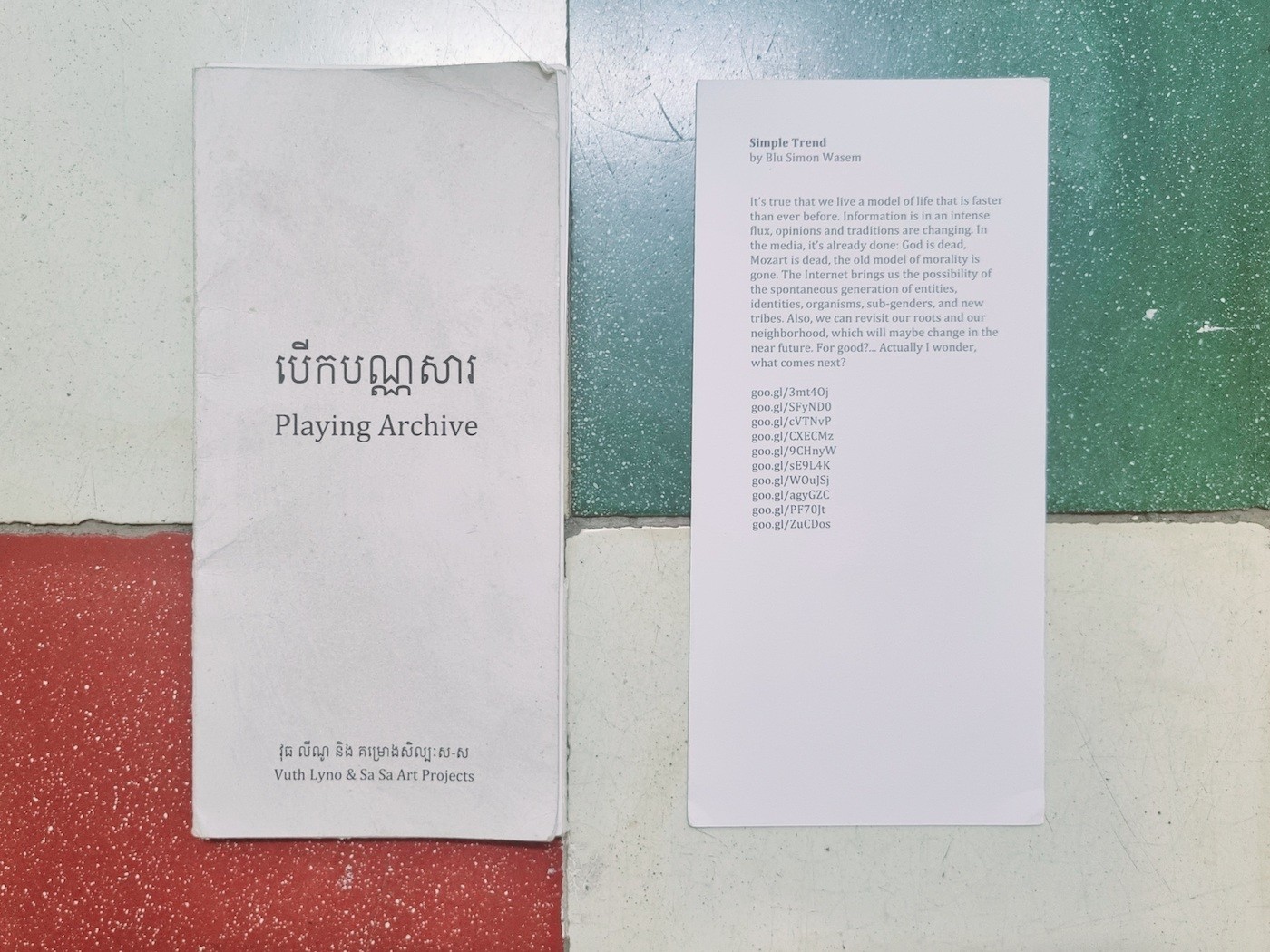
<figcaption> Playing Archive. Photo Serine Mekoun
1. Vuth Lyno & Sa Sa Art Projects, Playing Archive, 2015
One of the publications that reflects the self-made spirit of the Collective is this hand-made booklet by visual artist Lyno Vuth, one of the co-founders of Sa Sa Art Projects. About thirty thematic cards gather selected materials from the White building archive (www.WhiteBuilding.org) allowing 33 invited participants to reappropriate collective knowledge, revise it and propose new narratives. The project is part of a desire to use cultural productions as educational tools where audiences are invited to choose and play the URL playlist to learn about the narrative of each archive, responding to the need to understand how knowledge is rhizomatic and with unlimited connections (Vuth Lyno).

<figcaption> Elements by Mech Choulay and Mech Sereyrath. Photo Serine Mekoun
2. Elements by Mech Choulay and Mech Sereyrath
One of the 12 books in the Sa Sa self-published exhibition book series. Featured here is the 2020 exhibition Elements by sisters Mech Choulay and Mech Sereyrath. It brings together a series of photographs and video performances around the question of nature's resilience against human destruction such as deforestation and river degradation. Learning from research made in the northern part of Cambodia around Buddhist practices in forest preservation both artists reinvented new artistic forms of tree ordination. In parallel, Elements presents performances by the artists turning into river creatures as a call for protection and healing practice for the endangered ecology. The exhibition booklet collection is part of Sa Sa auto-edition series in which invited artists get the chance to see their work documented and published with in-house skills.
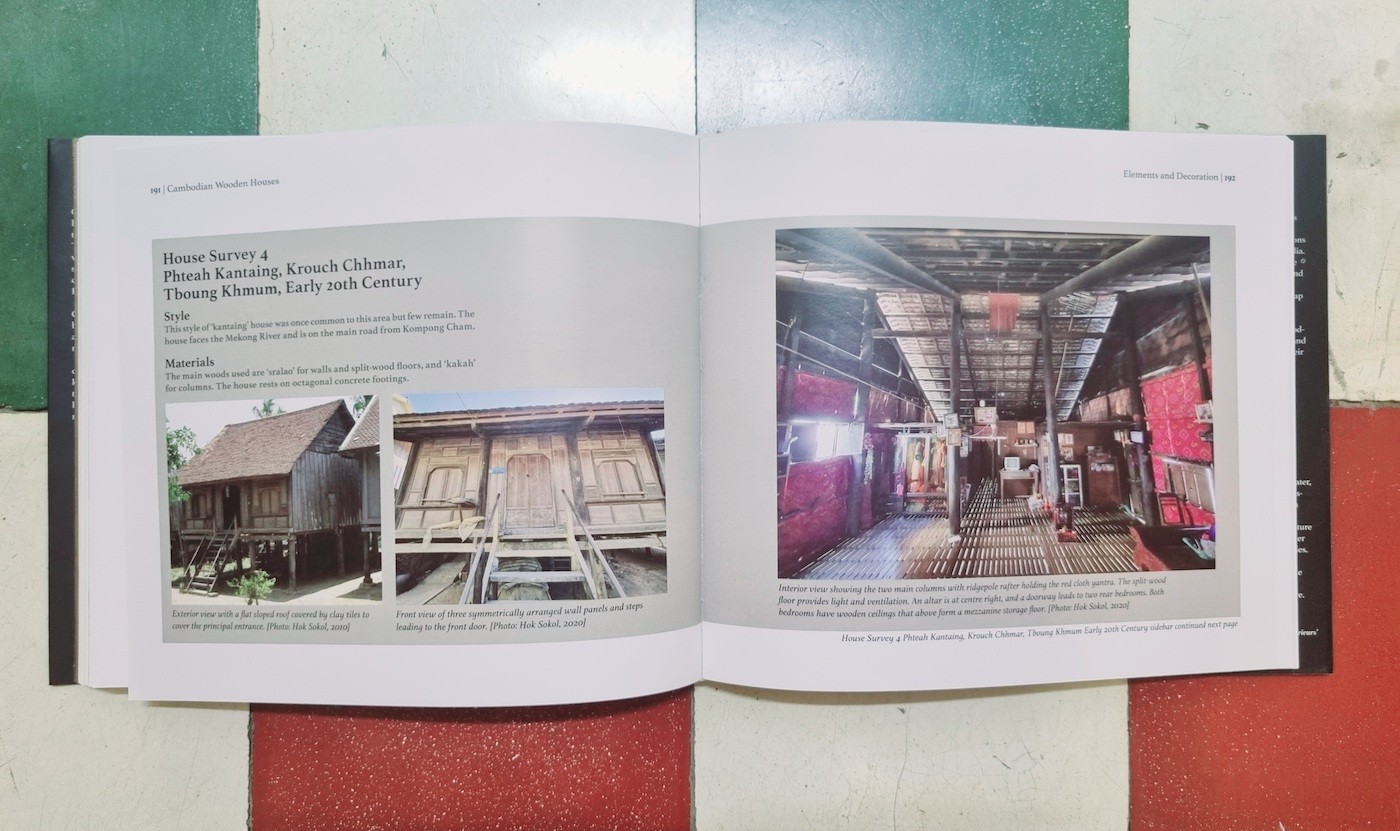
<figcaption> Cambodian Wooden Houses. Photo: Serine Mekoun
3. Cambodian Wooden Houses, 1,500 Years of Khmer Heritage by Sokol Hok & Darryl Leon Collins
The most recent acquisition of the library is this illustrated monograph devoted to Khmer wooden houses. It was released in march 2022 and was produced and printed in Cambodia by Sok Heng printing house. This 308 pages book is divided into nine chapters with photographs, illustrations, maps, plans and drawings showcasing the result of fifteen years of research throughout Cambodia. The book presents the historical context and present-day architectural process of building wooden houses. It is a dedication to preserving Cambodian architectural craftsmanship and its connection to oral traditions and religious symbolism.
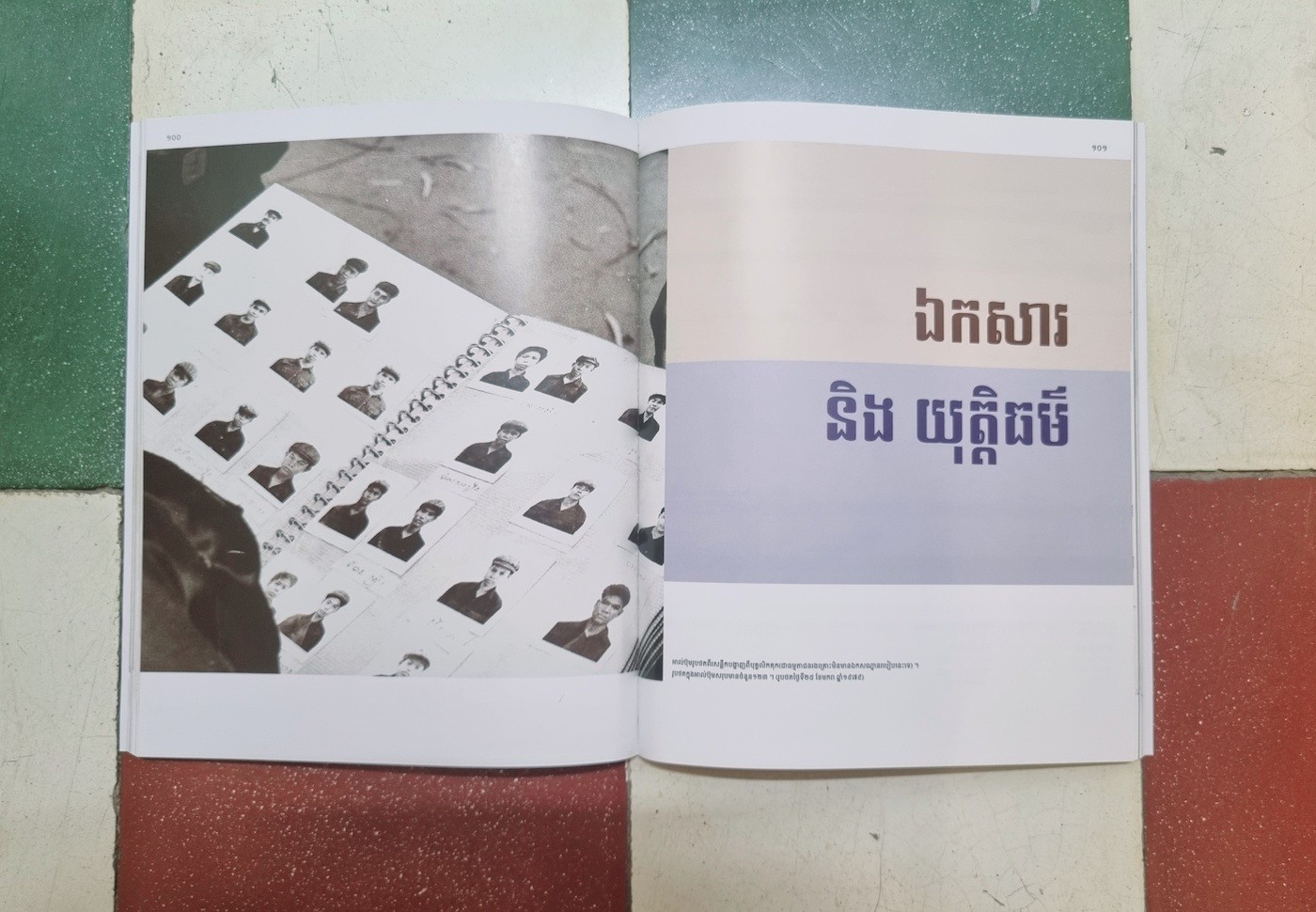
<figcaption> Tuol Sleng Genocide Museum 40 years. Photo Serine Mekoun
4. Tuol Sleng Genocide Museum 40 years: Remembering the victims of S-21
This 155 pages exhibition catalogue highlights the numerous activities undertaken by the Tuol Sleng Genocide Museum since 1979 to safeguard the large amount of documentation (lists, confessions, biographies, photographs,..) produced by the former S-21 interrogation and detention centre in Phnom Pehn. The historical site was turned into a memorial and archive centre that allowed investigation and revealed the crimes of the Khmer Rouge over the entire country. The focus of the exhibition is on the early years of the museum and how the archives have been able to contribute to memory and justice in Cambodia. It also pays tribute to the victims with a series of black and white portraits, illustrations and facsimiles that are part of a public online database. It is one of the few bilingual English-Khmer languages publications in the library.
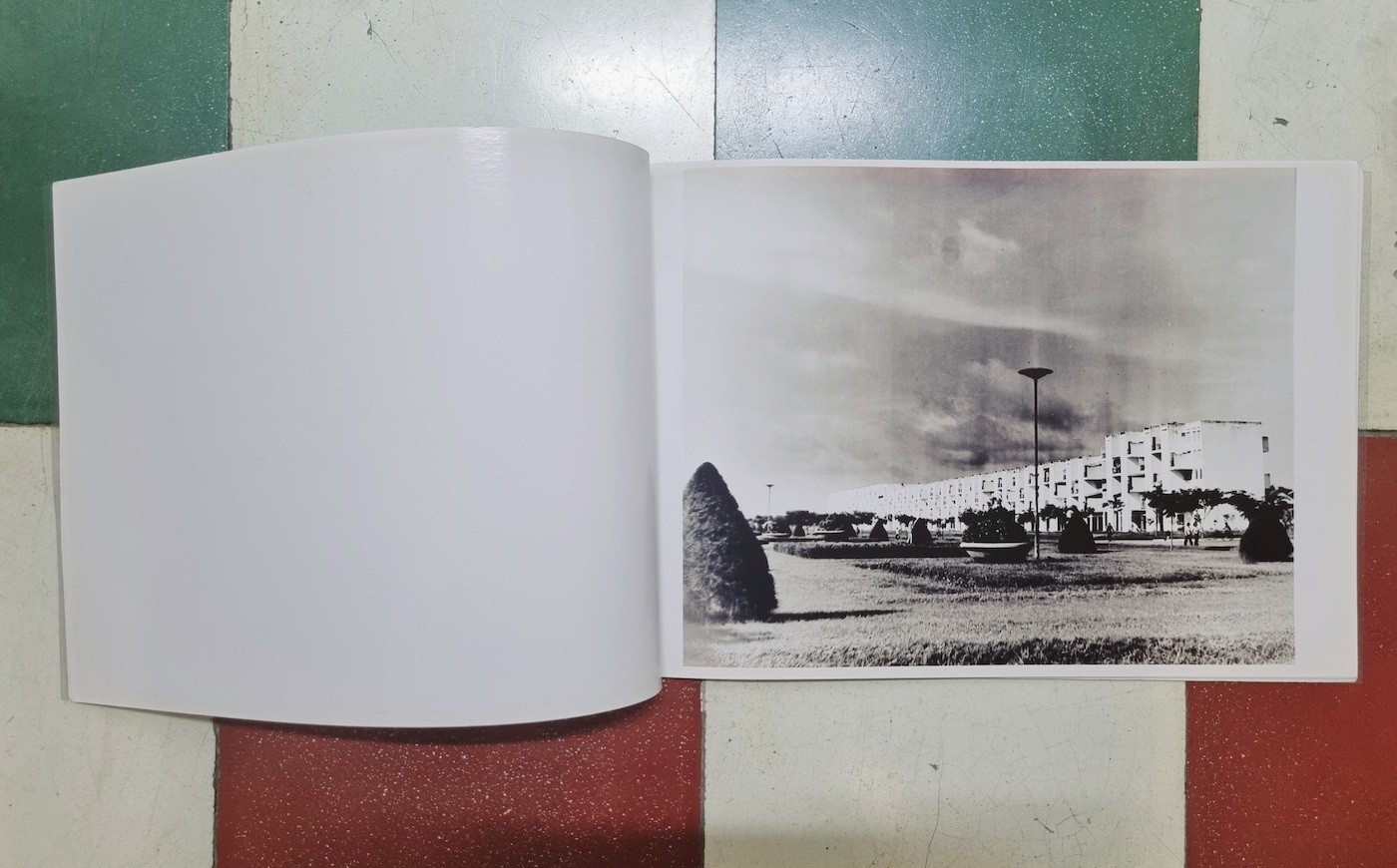
Historical images of Bassac River Front. Photo Serine Mekoun
5. Historical images of Bassac River Front by art collective On Photography Cambodia
A 12 pages rare photo archive of the Bassac River Front compiled by the art collective On Photography Cambodia. The pictures that mainly feature the White building, were part of the Charles Mayer collection and National Archive of Cambodia and were originally taken around 1963. The collective then reused them for an archiving project initiated in 2009 in the framework of a research project entitled: The Building, an urban story of Cambodia. The Bassac Riverfront Complex was an ambitious cultural and public housing precinct considered a key achievement in Cambodia’s modernization during the post-independence period (1953-70). The collective On Photography Cambodia used to be part of the 2500 residents of the White building before its demolition in 2017. This photography chapbook reflects the gradual reappropriation of archive materials by the new generations of artist communities in Phnom Penh.
Sa Sa welcomes books, periodical, and subscription donations! If you are interested, please contact Lyna at lyna@sasaart.info
Sa Sa Art Projects is a Cambodian artist-run space dedicated to experimental and critical contemporary art practices. It was founded in 2010 by the Cambodian arts collective Stiev Selapak and operated from the historic and vibrant apartment complex known as the White Building until 2017 when the building was demolished for new development. At its new location, Sa Sa Art Projects has shifted toward a stronger engagement with Cambodian young artists and art graduates while continuing to build a deeper dialogue with artists within Asia through its creative education programs, exhibitions, its signature Pisaot artist residency, and other special collaborative projects.
About the author
Serine ahefa Mekoun
Read more from

Maktaba Room: Annotations on Art, Design, and Diasporic Knowledge

Librería Ireti, Havana, Cuba
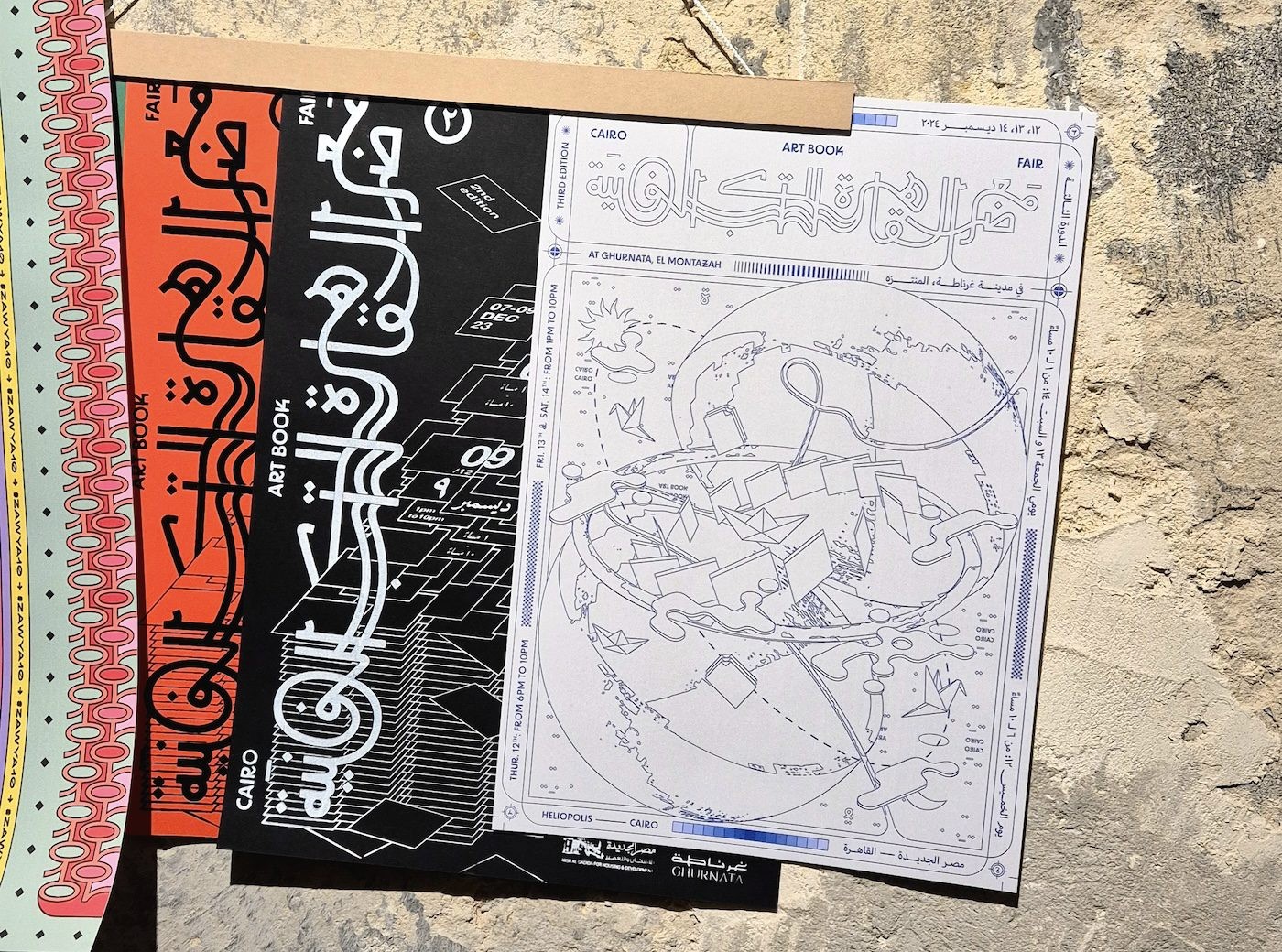
Mapping Literary Circuits with Bao Books in Tunis and Cairo
Read more from
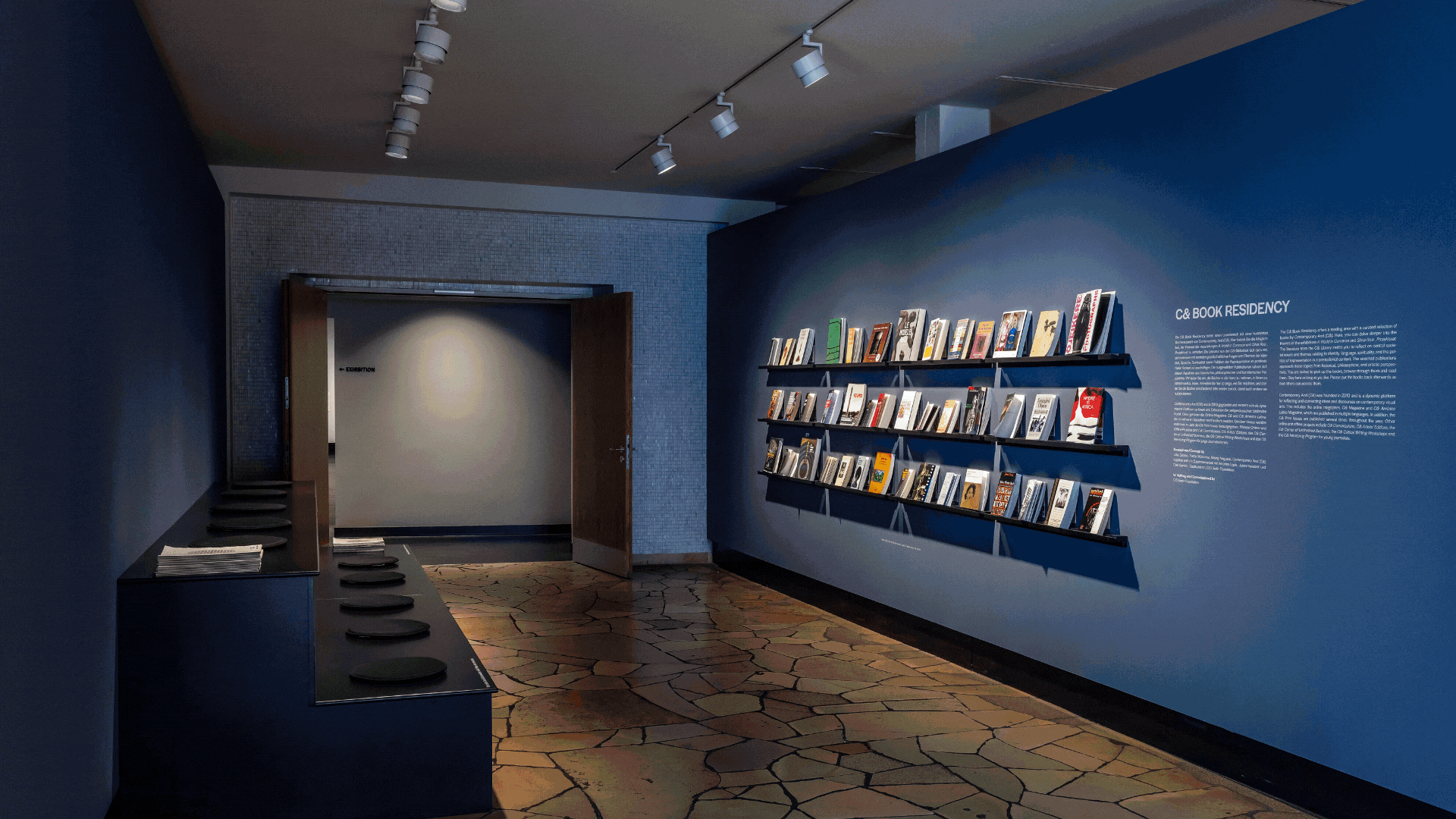
C& Highlights of 2025
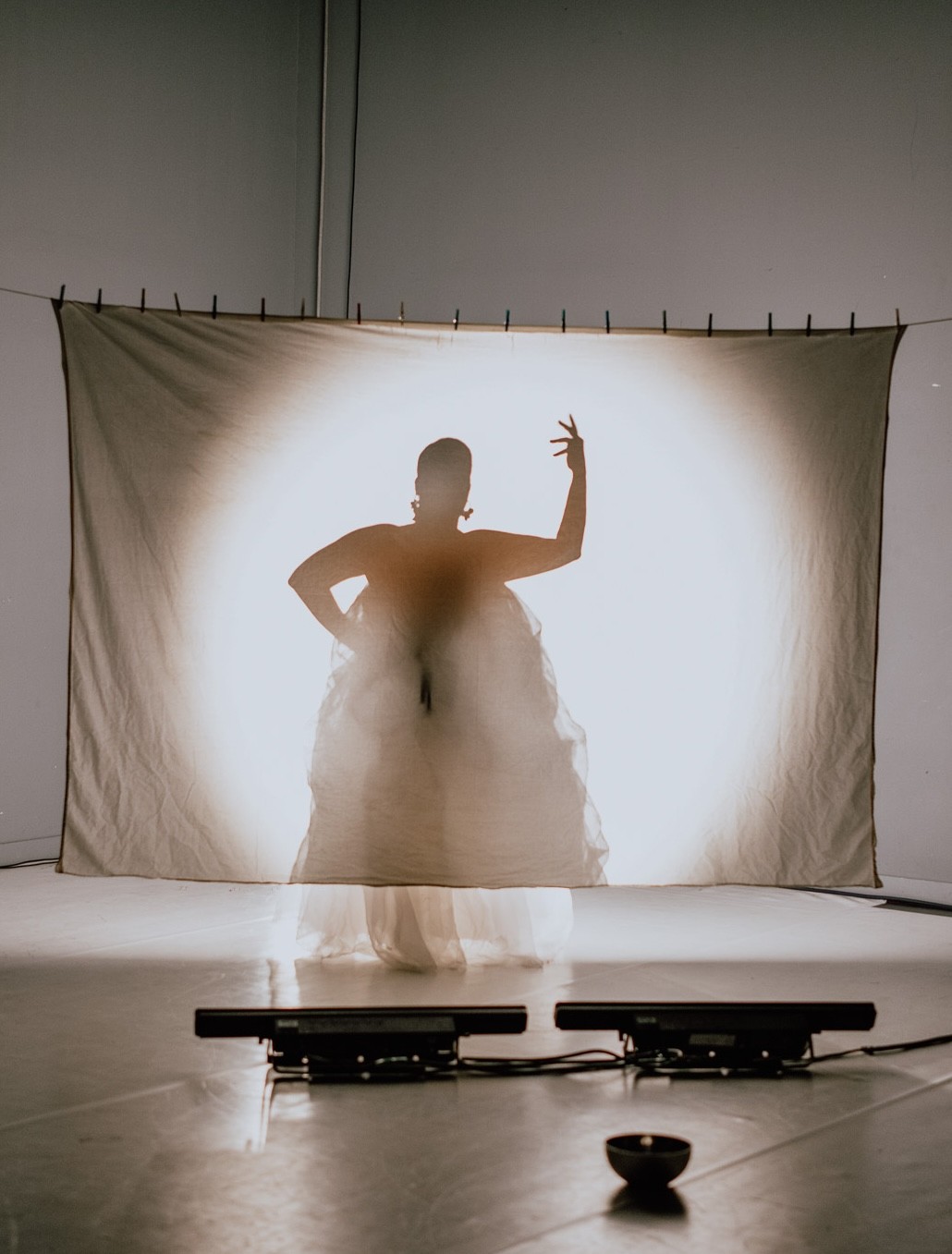
The Museum of Black Futures
